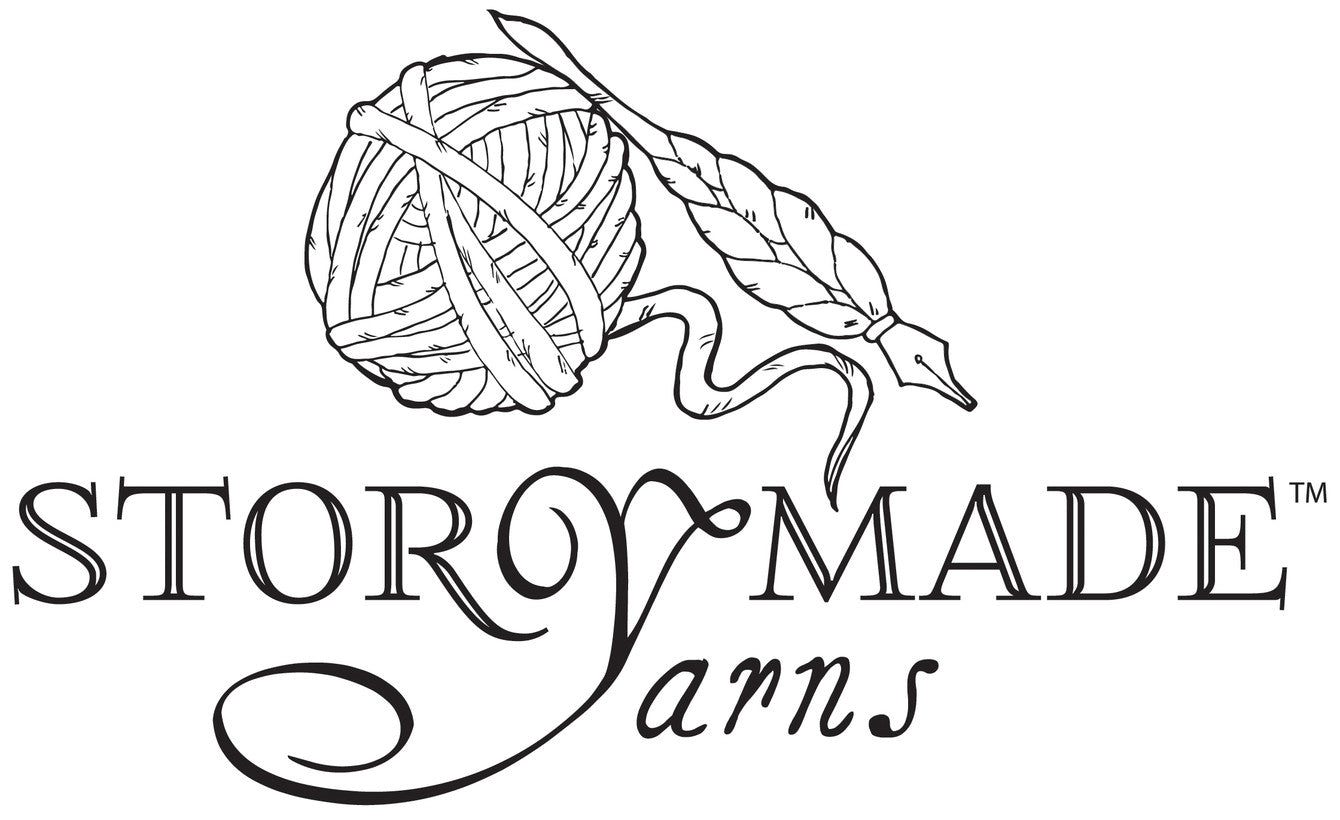This is a guest post by Terri Rowan, a registered massage therapist in Guelph, who had the Yarn Club up on our feet and trying exercises at the April meeting that will strengthen our knitting/crocheting/spinning/weaving/felting muscles and keep us doing what we love for longer. She has kindly put together these notes and resources to accompany her talk. I know many people were interested to talk to Terri further about their own specific areas of concern: you can contact her through her website, or email her at tlrowanrmt@gmail.com. Take it away Terri!
Thanks again for coming out to Yarn Club to listen to me talk about some of my favourite topics: posture, pain and why posture doesn’t matter as much as we think it does.
As promised here is a recap of the things I touched on and some resources for further reading as well as some links to demonstrations of some movements and exercises that can help keep your fingers, wrists, elbows and shoulders moving well.
Posture is your ability to hold your body upright against gravity. Posture isn’t static and unmoving. Posture isn’t perfect and symmetrical. Todd Hargrove (who’s book A Guide to Better Movement I highly recommend) has written a great, easy to read blog post on this topic.
Sometimes posture does kind of, sort of matter. There are certainly more efficient positions or postures for certain tasks. So, when it comes to sitting down to a task such as knitting, spinning, crocheting or sewing there are certainly some positions that are by their nature more efficient. The goal is ease, not perfection.
There is no one perfect solution for everyone. A single perfect posture doesn’t exist. No one specific type of exercise, no one technique of manual therapy, no super food or supplement will bullet proof you. But here are some suggestions that will come pretty darn close.
MOVE and move frequently.
Commit yourself to getting up every 20-30 minutes. When you sit down to work on a project set a timer for 20 minutes. When the timer goes off: stand up, shake yourself around, shrug your shoulders, touch your toes. Have a dance party. Again, this is no guarantee but it is a pretty good insurance plan. You can use a timer on a watch, a stove or a microwave. If you are working at or close to a computer this website will let you run a timer in a separate browser tab.
If you use Google and simply search “Online Countdown” the first hit will be a timer you can use right from the search page!
Know your limits:
In the same way that you can’t expect to go to the gym tomorrow and lift 150 pounds if you haven’t been lifting heaving things for the past several years, you can’t sit down and expect to be able to knit, crochet or sew frequently if you haven’t consistently spent time on these activities in the past. Respect your limits and work at gradually pushing the edges of those limits rather than suddenly increasing it. This gives your muscles, tendons and joints time to adapt.
NOVEL MOVEMENT:
Place different demands on your body to encourage it to adapt and change to meet these demands.
Novel movement can mean a few things:
1) Regularly moving between different types of movements: knitting, crocheting, sewing etc.
2) Learning to do your craft in more than one way. For example with knitting you can learn continental vs English and vice versa. This can create different novel stresses to the fingers, hands, elbows and shoulders.
3) Taking time for truly novel movements of the body: Yoga, tha chi, Feldenkrais, dance. Movements that demand you use your body in ways you wouldn’t in the course of your day.
MOBILITY:
Mobility is a combination of the flexibility and the amount of control that you have over the movement of a joint. The better your mobility in a large range of movements the less likely you are to be injured.
Below are some links to videos that can help guide you through some movement and mobility work for different areas of the body:
Do not panic when you see this video! It is a video designed to warm up and prepare the hands and arms to do a handstand. I certainly don’t expect you to do a handstand, but the exercises are excellent for a variety of other tasks. If any of these movements cause you pain, skip them.
If you often feel stiff or restricted in your shoulders, this is an excellent exercise you can do every day. It should be done slowly and with attention. It looks easy, but if done properly it should feel like work and you might even break a sweat.
If you feel you have health and wellness gains to be made by improving your mobility anywhere in your body I would encourage you to contact Dr. Mark Kubert at Clear Path Chiropractic and enquire about Functional Range Conditioning (FRC). The shoulder video above is an example, but the principles can be applied to all joints in the body.
General novel movement:
Feldenkrais is a movement style that is dedicated to movement exploration. This is a gentle and mindful way to challenge your joints and muscles. These videos come from a series put out by a physiotherapist.
Neck and Back:
www.youtube.com/watch?v=_J9x6AAefVk
www.youtube.com/watch?v=fCjVBkVlCWI
www.youtube.com/watch?v=tLYIF07i2kI
Guelph has some excellent yoga studios:
Living yoga has a yoga instructor who is a physiotherapist. She offers private yoga physiotherapy which can be billed to extended health plans.
Guelph also has Tai Chi classes. This slow, mindful movement is a great way to take your body through all of its’ ranges of movement. Classes are indoors during the winter and then they move outside for the summer.
If you have any other questions or are looking for some resources other than what I have provided here feel free to email me at tlrowanrmt@gmail.com
